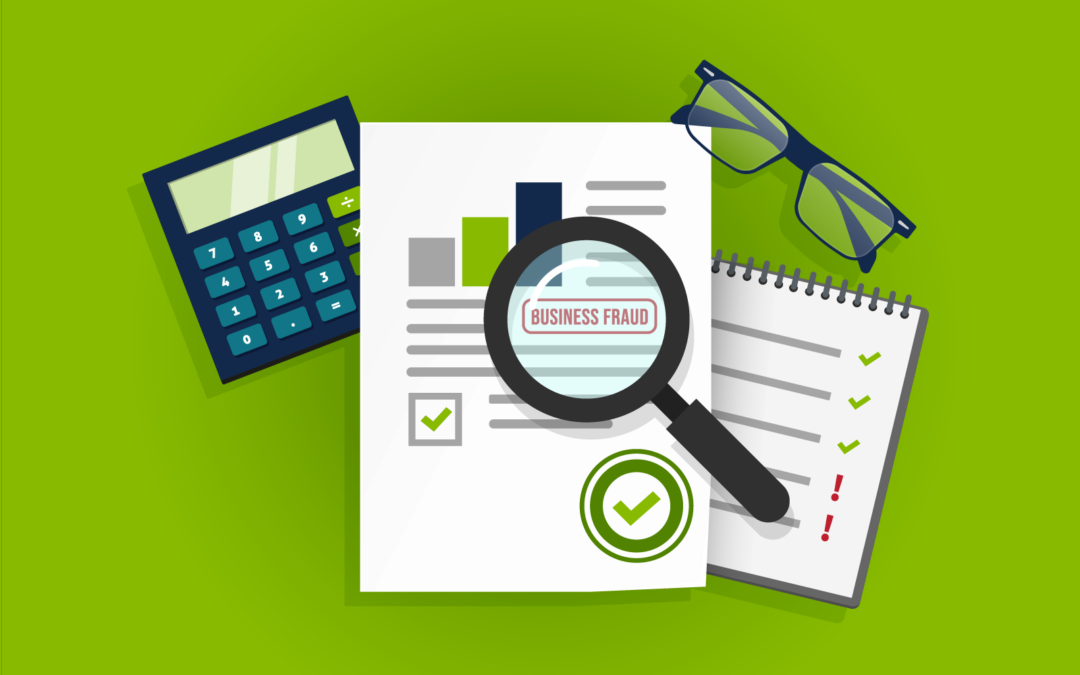How To Protect Your Business From Fraud
Every company is vulnerable to fraud. This is mainly due to many types of fraud. Cybercriminals modify their tactics as quickly as cyber-security companies develop new products and services. It is impossible to defend against all types of attacks.
Unfortunately, fraud can take many different forms. Some may appear evident, while others are difficult to spot, particularly for the inexperienced eye. And it can sometimes come from within your organization. The external causes of fraud are substantially broader. External fraud can take the shape of fake bills, incorrect checks, or stolen credit cards. False returns can also be an issue for firms with a retail component. There are also anonymous risks, such as computer hacking, scam callers, and information theft from untrustworthy sources.
Regarding how businesses can safeguard themselves from fraud, there are a few practical steps your company can take. We’ve described a handful of the most common types of fraud I see in organizations as a fraud examiner—as well as practical strategies your company can employ to reduce its fraud risk.
Frauds That May Affect Your Business
1. Scams involving business grants and loans
This type of scam typically takes the shape of a website purporting to be a government department assisting small businesses in obtaining “special access” to grants and loans in exchange for a fee. The first thing to know is that government offices or agencies do not charge for services or information that will assist you in applying for government grants and loans.
2. Payroll Fraud
Payroll fraud is defined as the manipulation of payments disbursed to employees. Employees spending additional, unlawful compensation to themselves or billing hours to be paid that they haven’t worked are examples of payroll fraud schemes. Payroll fraud would also include an employee using vacation time but failing to register it as leave.
3. Invoice fraud schemes
An invoice fraud plan involves:
- Someone.
- Generally a sales or accounting staff.
- Creating false invoices to steal money from the organization.
This could include billing for things and services never purchased, forming a fictitious supplier/shell firm to pass the money through, or even giving exorbitant contracts to friends and family.
4. Kickback Fraud
Kickback fraud is a more complex type since it occurs off the books and relates to the personal benefits employees may gain from company interactions. In kickback fraud, an employee typically authorizes a payment to a third party (such as a vendor), and then an off-the-books transaction occurs between the employee and the paying party.
5. Check Fraud
Check fraud is defined as the unauthorized disbursement of funds through a check. An employee writing a check to himself or cashing a business check and retaining the money is a simple example of check fraud.
A more sophisticated yet prevalent form of check fraud would be an employee writing a check to a fictitious vendor—or writing a check to a valid vendor for more than an invoice is worth, requesting a refund from the vendor, and pocketing the change.
What To Do To Protect Your Business
Safeguard Your Bank Accounts.
If you haven’t already, set up separate bank and credit card accounts for your personal and work lives. If hackers get access to one account, they cannot access the other, and vice versa. Examine the security methods that your bank employs for online banking to ensure that features such as automatic logout are available.
Create and follow a well-monitored reimbursement policy for employee expenses. If you give staff credit cards, be sure the card provider has enough fraud controls in place, such as automated warnings if an employee spends more than a specific amount.
Implement Specific Policies
Employees may be unaware of the consequences of their activities on your organization if there are no clear policies in place or what the consequences may be if they are discovered.
For example, while there may be a clear contrast between an employee taking home a handful of pens and an employee stealing an underused laptop from the office, the distinction may not be as plain to some. This is especially true when employees have a firmly developed practice of “borrowing” office goods.
Protect your computer systems.
Hackers are computer system cracking experts. A strong firewall can assist in protecting your company’s data, while antivirus software can aid in the detection of breaches early on. There are several well-known cyber-security vendors. Find the product that best meets your requirements.
Set rigorous guidelines requiring staff to create difficult-to-guess passwords. Set password standards and force employees to update their passwords every 60-90 days to ensure they generate strong passwords.
Maintain Internal Controls
Implementing robust internal controls remains one of the most effective strategies for firms to defend themselves from fraud.
Consider your organization’s procedures to prevent fraud—and whether or not your team members are following them. Your firm may have the best practices in place to assist defend against fraud, but if your team does not follow the rules, it is all for naught.
Fraud prevention is similar to any other type of prevention in that it is easy to put off thinking about it until something becomes clear. However, fraud can have a significant impact on your bottom line, and in some situations, your firm may not be able to recover.
By putting your fraud prevention plan into action in a few simple steps, you’ll secure your organization and develop a culture of zero-tolerance for fraud now, and as a result, help avoid unforeseen hazards in the future.


Recent Comments